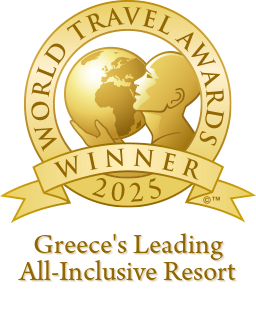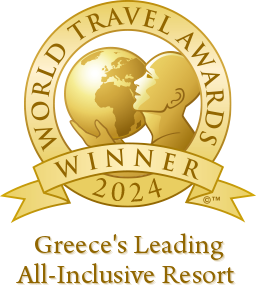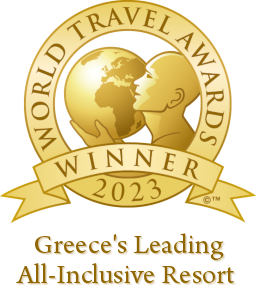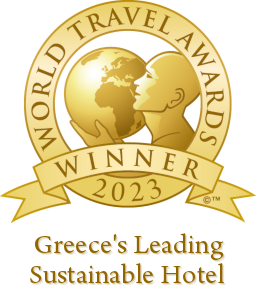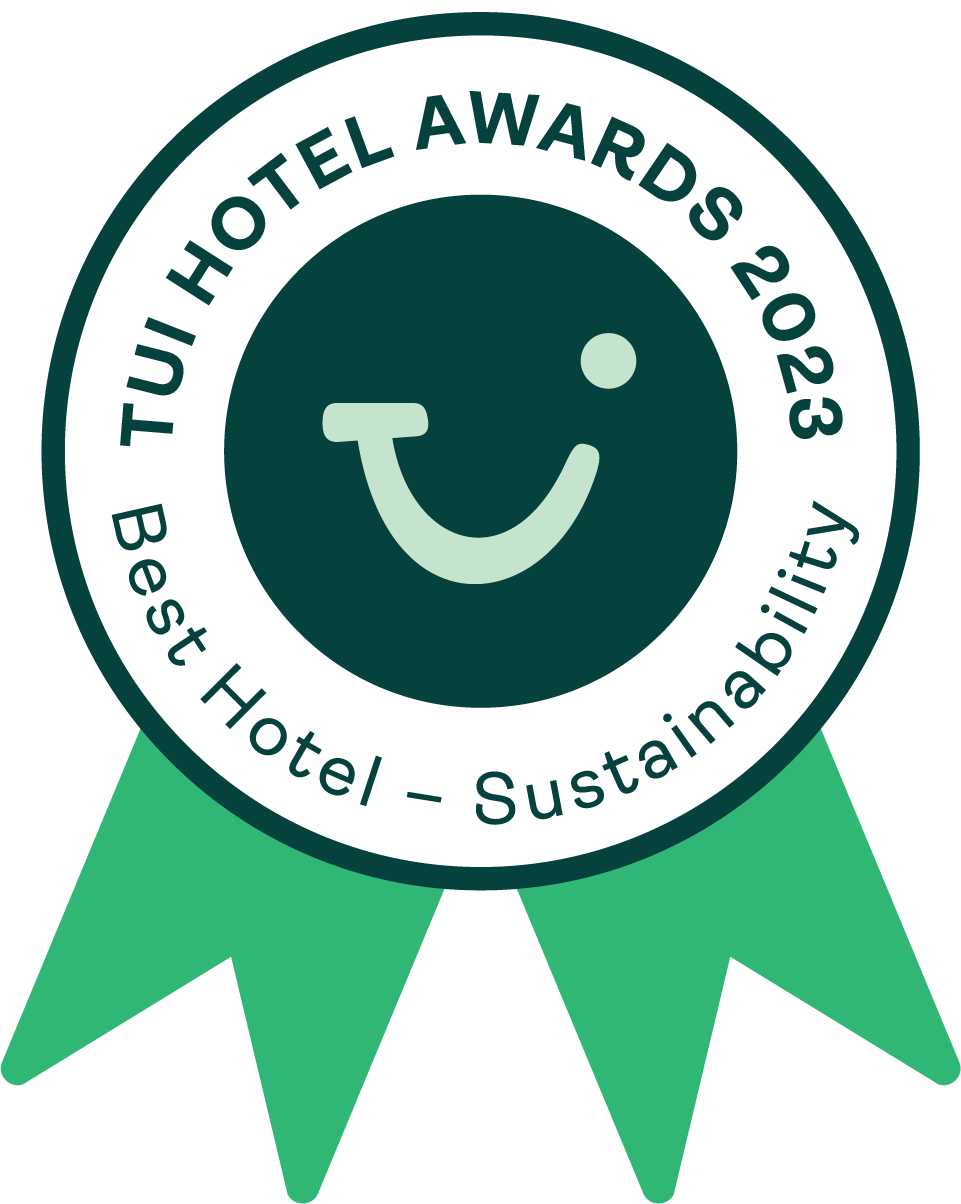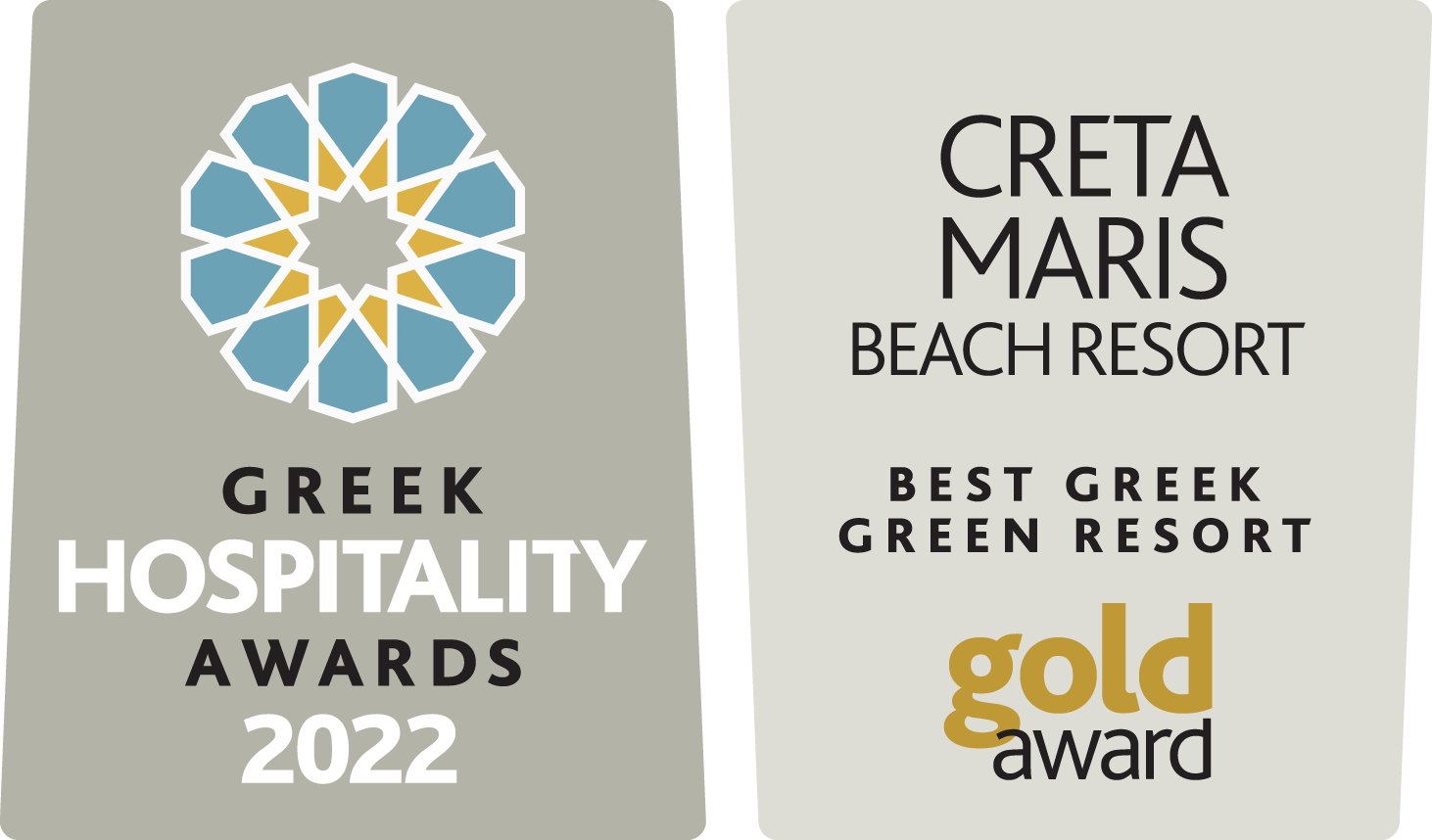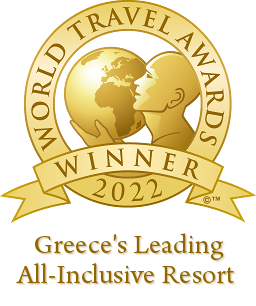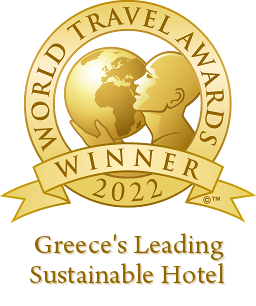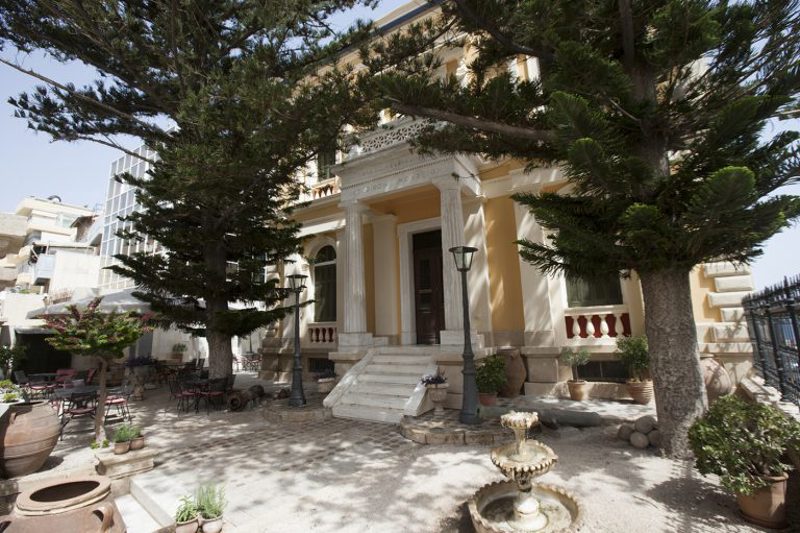
Housed in a three storey neoclassical mansion of exceptional architectural beauty, having been declared a Historical Building and a Work of Art, the Historical Museum of Crete consists of 22 halls presenting Crete’s turbulent history from early Christian times up to World War II and the Battle of Crete, with special emphasis being given on the period of Venetian rule. Among the museum’s exhibits regarding that particular era, is an approximately 15 square meters imposing model of the city of Chandax (Heraklion) during its peak in the mid-17th century with its most important monuments spotlighted.
The permanent exhibitions that visitors can admire begin with the Ceramics and Sculpture collections ordered chronologically from the early Byzantine times (4th-5th century) up to the end of the Venetian period and the Ottoman rule, including two astonishing mosaics from the Hersonissos area.
Next is the rich Numismatic collection organized into eight sections corresponding to eight historical periods covering all phases of the economic history of Crete, followed by the Byzantine and post-Byzantine art collection where visitors will be able to admire the interesting artistic developments that resulted from the dialogue between the Orthodox population (tradition) and the Venetians and Ottomans (external influences). The Cretan School of Painting is such an example and Domenicos Theotocopoulos (El Greco) its main representative, and the Historical Museum of Crete has the honor of hosting in this section the only two works by the famous Cretan painter on display in Crete: The Baptism of Christ (1567) and the View of Mt. Sinai of St. Catherine (1570).

Furthermore, the museum hosts the Zacharias Portalakis collection, consisting of sixty-five portable icons (15th-20th c.), donated in 2014 to the museum by the art collector Zacharias Portalakis, which highlight the main features of various art schools and traditions.
The Ottoman and modern period is covered in two sections, the first one presenting the early phase of Ottoman rule regarding mainly the mass Islamisation of the local population, while the second focuses on the growth of the inhabitants’ national consciousness and the period of revolutionary ferment ending up to the union of Crete with Greece in 1913.
Then, there is the section about the involvement of Crete in World War II. The battle of Crete, the occupation, the resistance, war crimes and everyday life are vividly presented through the use of audiovisual material.
Moreover, the Nikos Kazantzakis collection, including the study and the library of one of the most important, influential and internationally renowned Greek authors.
Last but not least, the Ethnographic collection presents rural life in Crete through productive processes and community activities, where visitors can even wander around a reconstructed interior of a Cretan arch-house.
A real jewel for the city of Heraklion, the Historical Museum of Crete is definitely worth a visit.





